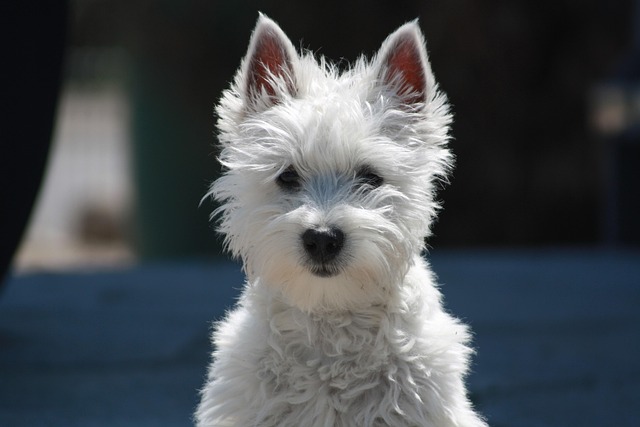
How do i train my dog to be obedient?
Watching your dog dart across the park ignoring your calls isn’t just frustrating—it can put them at risk near busy streets or public spaces.
Dogs bark—it’s how they communicate. But when that barking turns into a nonstop chorus at the mailman, during dinner, or at 3 a.m., it can fray nerves and even ruffle neighbors. The good news? You don’t need harsh words or gadgets to quiet things down. Positive reinforcement, that gentle nudge of rewards and praise, works wonders here, and it lines up with how most communities prefer us to train our pups.
Start by tuning into when your dog barks. Is it when the doorbell rings? When they’re left alone? Boredom, excitement, or even a case of “I see a squirrel!” can trigger it. Once you spot the pattern, you’ll know what you’re working with. Positive reinforcement thrives on timing—so the second your dog stops barking, even for a split second, hit them with something they love. A tiny treat, a favorite toy, or enthusiastic pets. They’ll start linking “quiet” with “good stuff happens.”
 Consistency matters more than you might think. If one family member laughs at the barking while another tries to reward silence, your dog will get confused. Keep a stash of treats handy during peak barking times—near the front door if visitors set them off, by the couch during evening zoomies. When they stay quiet through that trigger, make a big deal out of it. Say “good quiet” in a warm tone, and let the rewards flow. It’s not about tricking them; it’s about teaching them a new way to “talk.”
Consistency matters more than you might think. If one family member laughs at the barking while another tries to reward silence, your dog will get confused. Keep a stash of treats handy during peak barking times—near the front door if visitors set them off, by the couch during evening zoomies. When they stay quiet through that trigger, make a big deal out of it. Say “good quiet” in a warm tone, and let the rewards flow. It’s not about tricking them; it’s about teaching them a new way to “talk.”
Some folks rush to correct barking with “no” or a spray bottle, but that can backfire. Dogs don’t bark to annoy us—usually, they’re trying to tell us something. Positive reinforcement for dogs builds trust, so they’ll look to you for guidance instead of resorting to barking. Try adding a simple cue, like “hush,” once they start to get the hang of quiet. Say it softly when they pause, then reward. Over time, they’ll learn that word means “time to chill” and good things come with it.
Remember, every dog is different. A puppy might catch on in a week; an older dog set in their ways could take a month or more. Rushing it will only stress both of you out. Take it slow, celebrate small wins—a 10-second quiet stretch when the garbage truck passes is a victory. And keep an eye on local rules, too. Many areas have noise ordinances, so nailing this not only keeps the peace at home but keeps you on the right side of community guidelines.
Patience is your secret weapon here. Positive reinforcement isn’t a quick fix, but it’s a kind one. It turns barking from a frustration into a chance to connect with your dog, to learn their quirks, and to build a calmer, happier routine together. Before you know it, that doorbell won’t spark a symphony—and you’ll both feel pretty proud of the progress.

Watching your dog dart across the park ignoring your calls isn’t just frustrating—it can put them at risk near busy streets or public spaces.

New puppy owners often find themselves rushing to clean up accidents before they set in, and that’s where puppy pad training becomes a game-changer.

If you've noticed your dog's waistline disappearing and your veterinarian has mentioned those few extra pounds, your first instinct might be to simply reduce the amount of food in their bowl.

Training a dog to use a designated spot indoors isn’t as daunting as many new owners fear, but it does take consistency and an understanding of your pet’s needs.

That moment of dread on a walk is all too familiar for many new dog owners. You see another dog approaching down the sidewalk of your neighborhood

If the sight of another dog on your neighborhood walk makes your heart sink as your own dog erupts into a frenzy of barking and lunging, you're not alone.